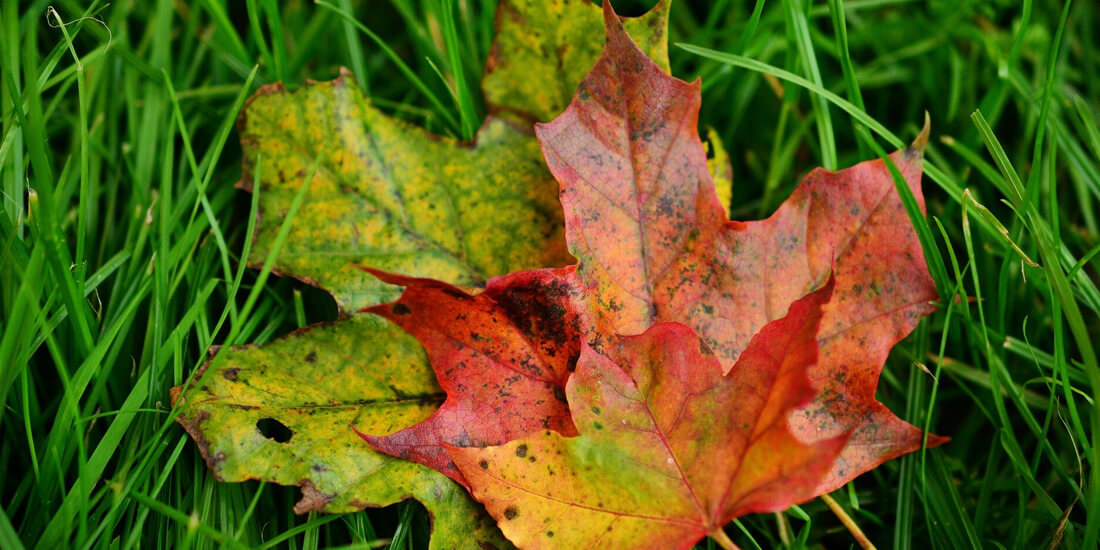We accept:
When is the best time to sow grass seed?

This is the question we are often asked, and people are usually surprised to hear that autumn is one of the best times of year to sow grass seed.
You can sow grass seed when temperatures are 8-10 degrees and above consistently, and there is no potential of adverse weather conditions such as frost, snow or flooding forecast for at least two weeks at the time you plan to sow. You may envision this sowing window as spring/summer, but contrary to popular belief, sowing grass seed in autumn has many added benefits.
So, is this the best time to sow grass seed?
When sowing grass seed, we need warm soil, moisture and sunlight. In the autumn months of September - November, the UK still typically hits temperatures of 8-10 degrees and above, which is required for germination. With temperatures pinned down and ideal for sowing, there are even more advantages to sowing grass seed in autumn:- More rain, less watering! With rain more frequently forecast in autumn, you can sow your grass seed and then retire the garden hose/watering can.
- Fewer weeds to combat Weed growth naturally slows down in the milder months as the ideal conditions for them to thrive in the wind-down.
- Get ahead By sowing in autumn; you'll have a luscious lawn ready for summer, meaning you can sit back, relax and enjoy the fruits of your labour!
- No birdy business! There is a reduced risk of birds snacking on your newly sown seed due to migration and the availability of other food during winter.
Overseeding an existing lawn
- Remove any dead grass, weeds or moss by scarifying/raking the area
- Rake the area enough so that the soil is loose and the seedbed is level
- Allow the area to cultivate for 10-14 days; this will encourage any dormant weeds to appear on the surface, which can then be removed by hand.
- Apply a Pre-Seed or a Slow Release: Autumn / Winter fertiliser at the recommended rate (check the individual product)
- Sow the seed at our recommended rate of 35g per m2 by using a seed spreader or your hand
- Rake the seed in after sowing so that the seed is in amongst the soil
- Firm down by foot or by using a roller to improve seed-to-soil contact
- Lightly rake the area to cover the seed and water well
Sowing a new lawn
- Dig the soil over to a depth of 20-25cm
- Remove weeds by hand or use a weed killer
- Add topsoil if you believe the soil to be poor quality
- Rake the area to get a level seedbed
- Allow the area to cultivate for 10-14 days; this will encourage any dormant weeds to appear on the surface, which can then be removed by hand.
- Sow the seed at our recommended rate of 50g per m2 by using a seed spreader or your hand
- Rake the seed in after sowing so that the seed is in amongst the soil
- Firm down by foot or by using a roller to improve seed-to-soil contact
Sowing grass seed aftercare
- Protect the newly sown seed from birds and pests using some of our top tips here.
- Keep the seedlings watered during dry spells to keep them moist.